निवेश के लिए भारत पर नजर
कुछ लोग यह तर्क दे सकते हैं कि भारत में 'खुलापन' देर से आया लेकिन नरसिंहा राव-मनमोहन सिंह की जोड़ी ने सही समय पर इसे अंजाम दिया। इसके बाद भारत ने पीछे मुड़कर नहीं देखा। बस आगे ही देखा।
 भारत में राज्य सरकारें निवेश आकर्षित करने के लिए वैश्विक जतन करने लगी हैं। / Image : facebook
भारत में राज्य सरकारें निवेश आकर्षित करने के लिए वैश्विक जतन करने लगी हैं। / Image : facebook
शासन की ताकत को मापने का एक तरीका यह होता है कि वहां निवेश का प्रवाह कैसा है या बाहरी लोग किसी देश की क्षमता को किस हद तक देखते हैं। बेशक, अधिकांश निवेशक अल्पावधि के हथकंडों या लुभावनी दिखने वाली ऐसी परियोजनाओं के बहकावे में नहीं आते जिनका अंत निश्चित प्रतीत होता है। इसी तरह केंद्र और राज्य सरकारें जानती हैं कि कोई निवेशक सिर्फ अंधेरे में तीर चलाने के लिए नहीं आ रहा।
प्रत्यक्ष विदेशी निवेश का किसी देश के आर्थिक माहौल पर उतना ही प्रभाव पड़ता है जितना किसी देश की मजबूत आर्थिक क्षमता एक निवेशक के लिए आगे बढ़ने का संकेत होती है। पिछले कई वर्षों में कई वैश्विक निवेश शिखर सम्मेलन देखे गए हैं जिनमें केंद्र सरकार और राज्य सरकारें अधिकाधिक निवेश हासिल करने के लिए स्पर्धा करती हैं। इन बैठकों में केवल उद्योग जगत के शीर्ष लोग ही भाग नहीं लेते बल्कि राजनीतिक हस्तियां भी अपने-अपने देशों के लिए बैटिंग करती हैं।
पिछले कुछ वर्षों में भारत में जिस तरह से संघीय माहौल विकसित हुआ है उससे राज्यों के बीच एक स्वस्थ प्रतिस्पर्धा है। और सब इस तथ्य को ध्यान में रखते हैं कि सर्वोत्तम स्थितियों का मतलब है अच्छे परिणाम। इस दृष्टि से देखें तो हम पाते हैं कि भारत बहुत आगे बढ़ चुका है।
अधिकांश लोग जानते हैं कि 1991 में अर्थव्यवस्था को जिस गंभीर संकट का सामना करना पड़ा था उसने नीति निर्माताओं को आर्थिक सुधारों का रास्ता खोलने के लिए मजबूर किया था। बंद दरवाज़ों और चाबियों को फेंक दिए जाने का विकल्प बिल्कुल स्पष्ट था। यानी अंततराष्ट्रीय वित्तीय संस्थानों के सामने हाथ फैलाना। याचना करना। उन हालात में दाता संस्थान आपकी तरफ देखते तो हैं मगर ऐसी शर्तों के साथ जो पूरी तरह से अस्वीकार्य करने जैसी होती हैं। जाहिर है वह एक तरह की आर्थिक घेराबंदी होती है।
कुछ लोग यह तर्क दे सकते हैं कि भारत में 'खुलापन' देर से आया लेकिन नरसिंहा राव-मनमोहन सिंह की जोड़ी ने सही समय पर इसे अंजाम दिया। इसके बाद भारत ने पीछे मुड़कर नहीं देखा। बस आगे ही देखा। एक के बाद एक आने वाली सरकारों की रुचि सुधारों को वापस लेने में नहीं बल्कि केवल यह देखने में रही है कि अन्य क्षेत्रों को प्रत्यक्ष विदेशी निवेश के लिए कैसे खोला जा सकता है।
राजनीतिक सीमाओं से ऊपर उठकर यह निर्णय हमेशा देश के राष्ट्रीय हितों को सर्वोपरि रखता है जिसमें पक्षपातपूर्ण प्रवृत्ति के लिए कोई जगह नहीं है। और यही आगे का रास्ता होना चाहिए। भारत में कोई भी राज्य पीछे नहीं रहना चाहता क्योंकि विकास संबंधी अनिवार्यताएं हर नीतिगत पहल के केंद्र में हैं। केंद्र और राज्यों में व्यवस्थाएं चाहे जो भी हों करना क्या है यह बहुत स्पष्ट हैं। यदि भारत वैश्विक चुनौतियों के बावजूद हर कदम पर प्रभावशाली विकास दर दर्ज करने में सक्षम है तो इसका संबंध सामूहिक प्रयासों से है। और इसी तरह भविष्य में आर्थिक गति और विकास के लिए जोर दिया जाना चाहिए।
प्रत्यक्ष विदेशी निवेश हर साल बढ़ रहा है क्योंकि निवेशक भारत की क्षमता को पहचान चुके हैं और उसे हर क्षेत्र में एक बढ़ते वैश्विक खिलाड़ी के रूप में देखते हैं। सकारात्मक भावनाओं का अधिकांश संबंध राजनीतिक स्थिरता और उन बेकार के मसलों के प्रति अडिग रहने से है जिनका विकास क्रम से कोई लेना-देना नहीं है। विकसित दुनिया में आगे बढ़ते रहने के लिए न केवल धैर्य की आवश्यकता है बल्कि बहुत उच्च कोटि की परिपक्वता की भी दरकार है।
ADVERTISEMENT
ADVERTISEMENT
E Paper
Video




 डॉ. श्रीधर कृष्णस्वामी
डॉ. श्रीधर कृष्णस्वामी

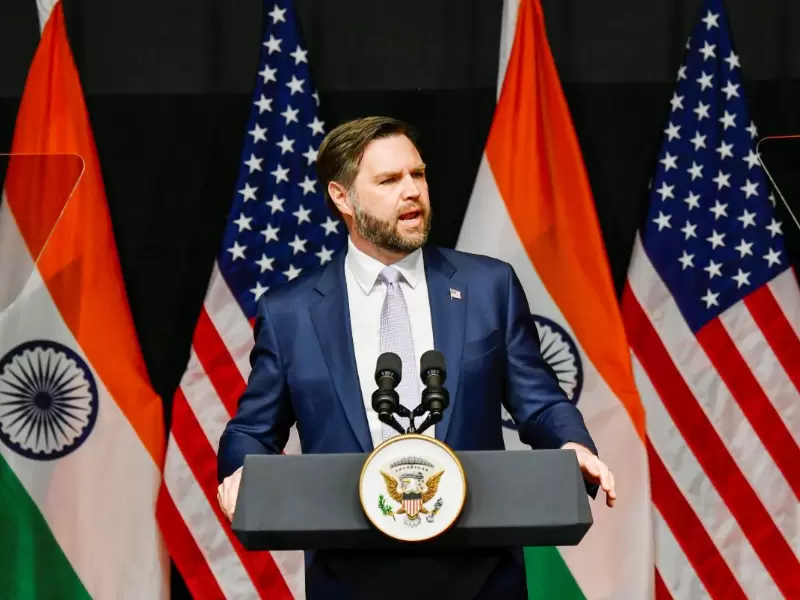

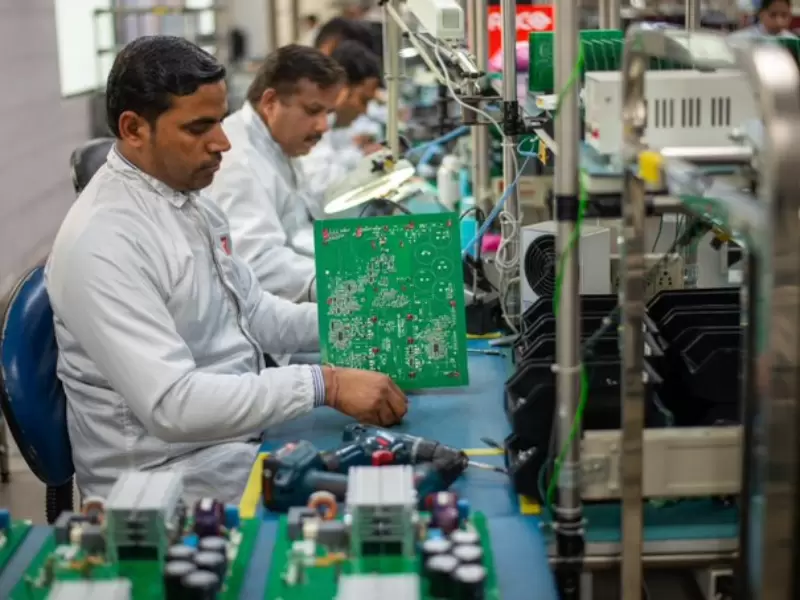
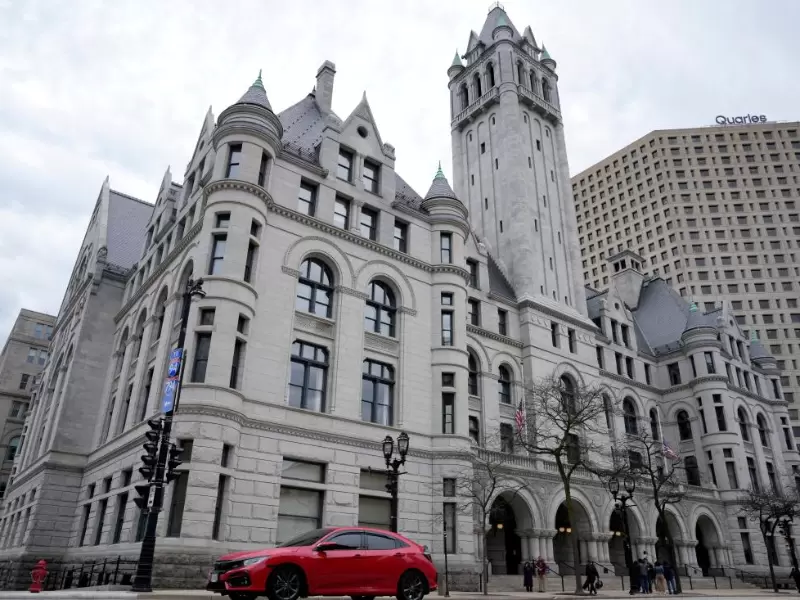
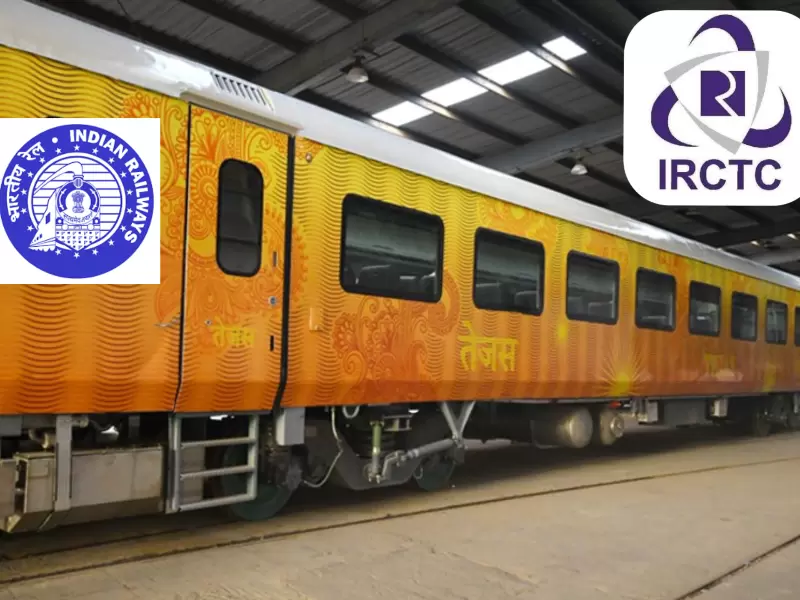
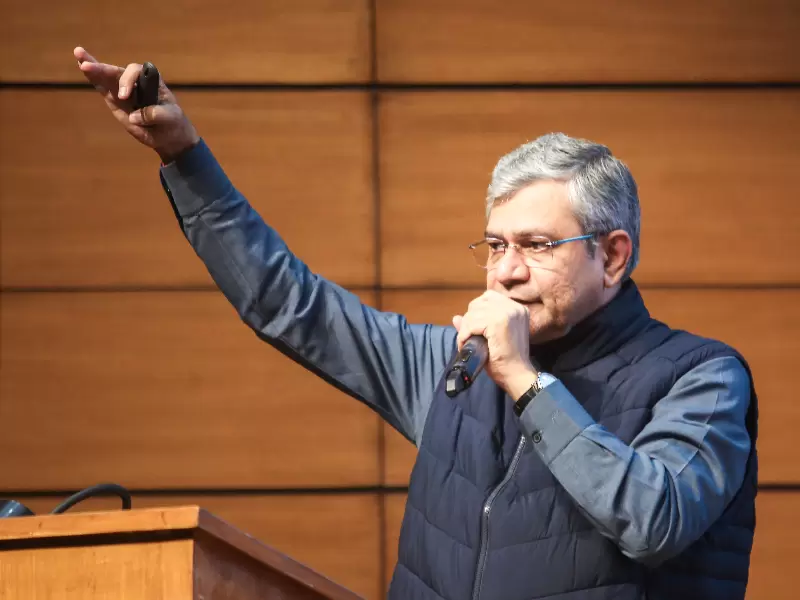





Comments
Start the conversation
Become a member of New India Abroad to start commenting.
Sign Up Now
Already have an account? Login